Coleus, scientifically known as Coleus scutellarioides (formerly known as Plectranthus scutellarioides), is a popular ornamental plant cherished for its vibrant foliage. It belongs to the Lamiaceae family, which includes aromatic plants like mint and lavender. Here is a detailed description of Coleus:
- Appearance: Coleus is primarily grown for its foliage, which showcases a wide array of colors and patterns. The leaves are usually large, oval-shaped, and come in various shades of green, red, purple, yellow, and pink. The leaf margins may be serrated, scalloped, or have unique patterns like speckles, stripes, or marbling. Some varieties also have hairy or velvety leaves.
- Growth Habit: Coleus is a bushy and herbaceous plant that typically grows up to 1 to 3 feet (30 to 90 centimeters) in height, depending on the cultivar and growing conditions. It has a mounding or trailing habit, making it suitable for both garden beds and container plantings.
- Flowering: While coleus plants are primarily grown for their foliage, they do produce small, insignificant flowers. These flowers, which are typically blue, white, or purple, appear on tall spikes. However, many gardeners remove the flower spikes to promote better foliage growth, as coleus is predominantly cultivated for its leafy display.
- Cultivars and Varieties: There is an extensive range of coleus cultivars available, offering a wide selection of leaf colors, patterns, and sizes. Some popular cultivars include ‘Wizard Mix,’ ‘Rainbow Mixed,’ ‘Kong Series,’ and ‘Chocolate Mint.’ These varieties showcase diverse leaf shapes, vivid color combinations, and unique patterns.
- Growing Conditions: Coleus is generally grown as an annual plant in regions with colder climates, but it can also be grown as a perennial in warm, frost-free areas. It prefers well-draining soil with organic matter and thrives in partial shade to filtered sunlight. Some varieties can tolerate full sun, but intense sunlight may cause leaf scorching. Coleus plants prefer consistently moist soil but avoid overwatering, as it can lead to root rot.
- Propagation: Coleus can be propagated through seeds or cuttings. Starting from seeds allows for a wide selection of cultivars, while cuttings ensure the propagation of specific varieties. Stem cuttings are taken from healthy plants and rooted in moist soil or water before transplanting.
- Uses: Coleus is primarily grown as an ornamental plant for its stunning foliage. It is frequently used in gardens, landscapes, borders, containers, and hanging baskets. Due to the vast variety of colors and patterns available, coleus adds visual interest and brings vibrant splashes of color to any setting.
- Maintenance: To maintain healthy and bushy coleus plants, regular pinching or pruning is recommended. This encourages branching and prevents leggy growth. Pinching back the tips of the stems also promotes denser foliage. Additionally, removing any flower spikes that appear redirects the plant’s energy into foliage growth.
Overall, coleus is a versatile and visually appealing plant that is valued for its striking foliage. Its wide range of colors and patterns, combined with its ease of cultivation, make it a popular choice among gardeners looking to add a burst of color to their landscapes.

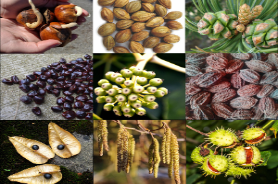







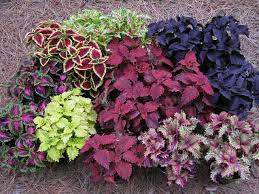

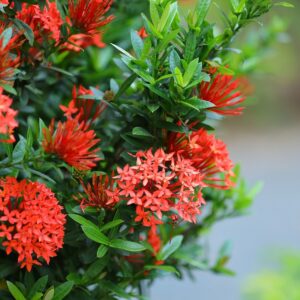

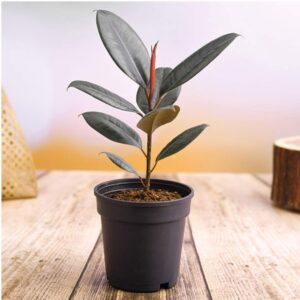
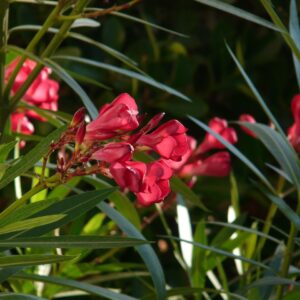
Reviews
There are no reviews yet.